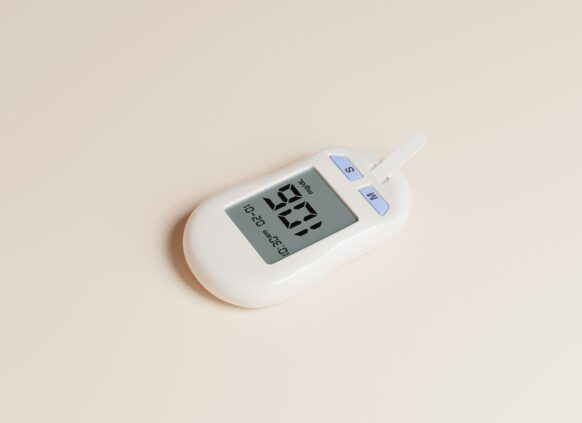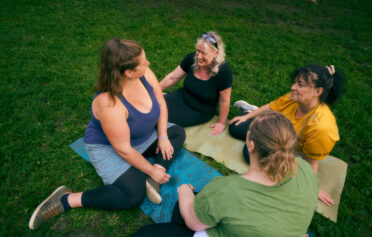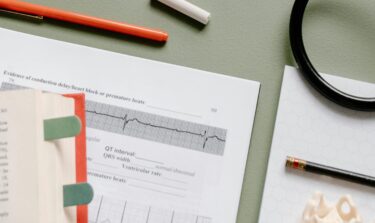
What is normal blood pressure by age?
Blood pressure can change as you get older, but what’s considered normal at your age? This guide breaks down healthy blood pressure ranges by age group, explains what your numbers mean, and shares simple ways to keep your blood pressure in check.
If you have a BMI over 35 and high blood pressure, you may also be eligible for free support through Oviva’s NHS-trusted weight management programme.
Key Takeaways
- Normal blood pressure is usually between 90/60 and 120/80 mmHg.
- Blood pressure tends to rise with age, often due to stiffening arteries, hormonal shifts, and lifestyle changes.
- A consistent reading over 140/90 mmHg is considered high blood pressure (hypertension).
- You can often lower your blood pressure naturally through sustainable lifestyle changes like losing weight, eating well, managing stress and exercising regularly.
How to read blood pressure
A blood pressure test measures how hard your blood pushes against the walls of your arteries as it circulates around your body.
You might have your blood pressure checked during a routine GP or hospital visit — or, if you’re over 40, you can ask for a free check at most pharmacies or as part of your NHS Health Check.
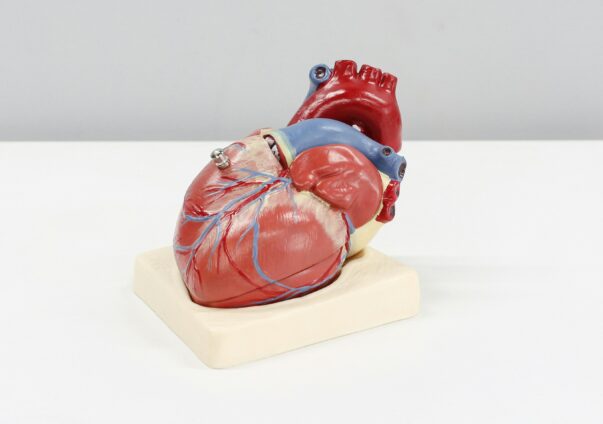
Understanding your blood pressure reading
Blood pressure is measured in millimetres of mercury (mmHg) and recorded as two numbers, for example:
120/80 mmHg, spoken as “120 over 80”.
- Systolic pressure (first number): the pressure when your heart beats
- Diastolic pressure (second number): the pressure when your heart rests between beats
Readings are taken using a blood pressure monitor. A cuff is placed around your upper arm and inflated until it feels snug. This might feel slightly uncomfortable, but it only lasts a few seconds.
What’s considered normal?
- Normal blood pressure: between 90/60 mmHg and 120/80 mmHg
- Pre-hypertension: between 121/81 mmHg and 139/89 mmHg
- High blood pressure (hypertension): consistently above 140/90 mmHg
- Low blood pressure (hypotension): consistently below 90/60 mmHg
A healthy blood pressure is typically between 90/60 and 120/80 mmHg, with lower readings in this range generally considered ideal.
However, what’s normal for you can vary depending on factors like age, sex, activity levels, stress, sleep and diet — and it’s natural for your readings to fluctuate throughout the day.
Normal blood pressure by age
Blood pressure often increases with age due to changes in the arteries and lifestyle factors like lower activity levels. The table below shows average blood pressure by age and gender—but average doesn’t always mean healthy.
For most adults, normal blood pressure is between 90/60 and 120/80 mmHg, no matter your age or sex.
If you’re trans, non-binary, or on hormone therapy, your GP can help interpret what’s right for you.
Average blood pressure chart by age and gender
| Age Group | Systolic (mmHg) – Men | Diastolic (mmHg) – Men | Systolic (mmHg) – Women | Diastolic (mmHg) – Women |
| 18–39 years | 119 | 70 | 110 | 68 |
| 40–59 years | 124 | 77 | 122 | 74 |
| 60+ years | 133 | 69 | 139 | 68 |
Source: The Heart Research Institute
Gender and sex differences
Blood pressure trends can vary depending on gender and biological sex:
- Women usually have lower blood pressure than men at most ages
- After age 60, this reverses — blood pressure tends to rise more sharply in women
- Menopause and hormonal changes can raise the risk of hypertension and heart-related conditions.
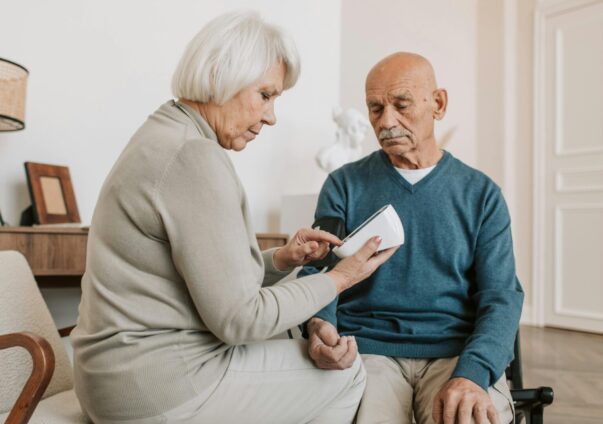
Key health risks for women:
High blood pressure is a major risk factor for cardiovascular disease (CVD), which affects both men and women. While studies suggest women face a higher risk of mortality from hypertension-related CVD, many don’t see it as a pressing health concern.
During and after the menopause, hormonal changes can affect your blood pressure. Because some symptoms overlap, signs of hypertension may sometimes be mistaken for typical menopause symptoms — meaning opportunities to check or manage blood pressure can be missed.
That’s why it’s helpful for women to stay informed and feel confident in getting their blood pressure checked. Knowing your numbers is a positive first step in protecting your long-term heart health.
Why does blood pressure change with age?
Your blood pressure may increase as you get older due to a combination of biological changes and lifestyle factors.

Artery changes
With age, arteries naturally become stiffer due to changes in elastin fibres and collagen levels.
Stiffer arteries can’t expand and contract as easily, which raises the pressure needed to pump blood around the body.
Hormonal changes
Hormones play a key role in regulating circulation and fluid balance.
In menopausal women, changes in the oestrogen-androgen ratio can affect blood vessel function, increasing the risk of high blood pressure and heart-related conditions.
Lifestyle and medical factors
Certain lifestyle factors can also play a role. Some people become less physically active or less able to be physically active as they get older. Dietary habits and stress levels can also change.
Some medical conditions, like kidney disease, can also influence blood pressure. Using kidney disease as an example, the condition becomes more common over the age of 65.
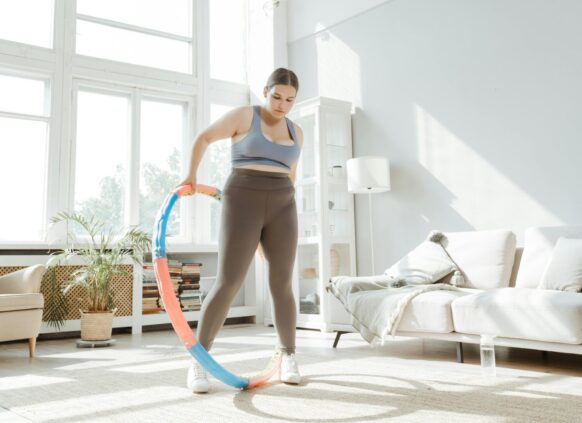
How to maintain healthy blood pressure
If you’re carrying excess weight, losing weight is one of the most effective ways to improve and maintain healthy blood pressure.
Alongside a balanced diet and regular exercise, research shows that weight loss injections like Wegovy may also help lower blood pressure in some people.
Regardless of your weight, you can support healthy blood pressure by focusing on a diet rich in:
- Fruit and vegetables
- Potassium-rich foods
- Low-fat dairy
- Fibre-rich whole grains
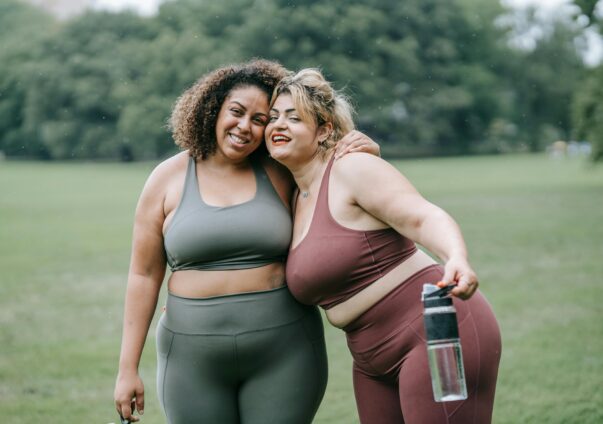
To support your blood pressure further, aim to:
- Stay active – aim for at least 150 minutes of physical activity per week
- Manage stress and get enough sleep
- Monitor your blood pressure regularly
- Cut back on salt
- Keep alcohol intake low
Find out more ways to lower your blood pressure.
When to see a doctor about blood pressure
If your blood pressure is consistently above 140/90 mmHg, you should speak to your GP for a diagnosis and to discuss ways to treat hypertension.
You should also speak to your doctor if you experience symptoms like:
- Dizziness
- Blurred vision
- Headaches
If you experience any of the following, treat it as an emergency and dial 999:
- Chest pain
- Sudden confusion
- Shortness of breath
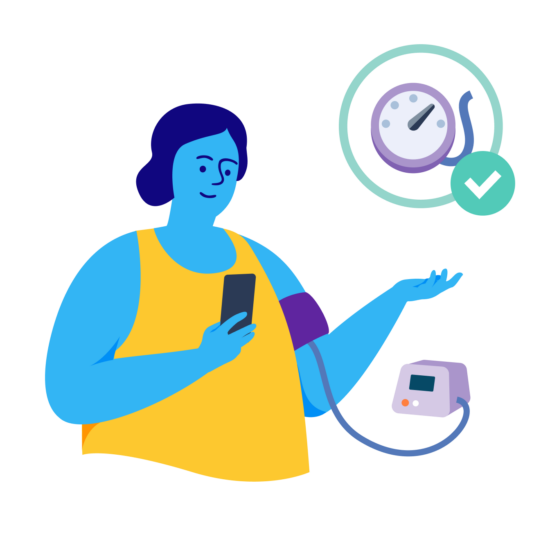
Manage your health with personalised support from Oviva
If you have high blood pressure and a BMI over 35, you may be eligible for Oviva’s NHS-funded programme, designed to help you lose weight and improve your health – without calorie counting or fad diets.
You’ll get:
- Personalised care from dietitians, doctors, and psychologists
- Proven results: our users lose an average of 13.6 kg in their first year
- Support via the Oviva app, so it fits into your routine
- Tools to build lasting habits around food, movement, and wellbeing
- If appropriate, access to weight loss injections like Wegovy
